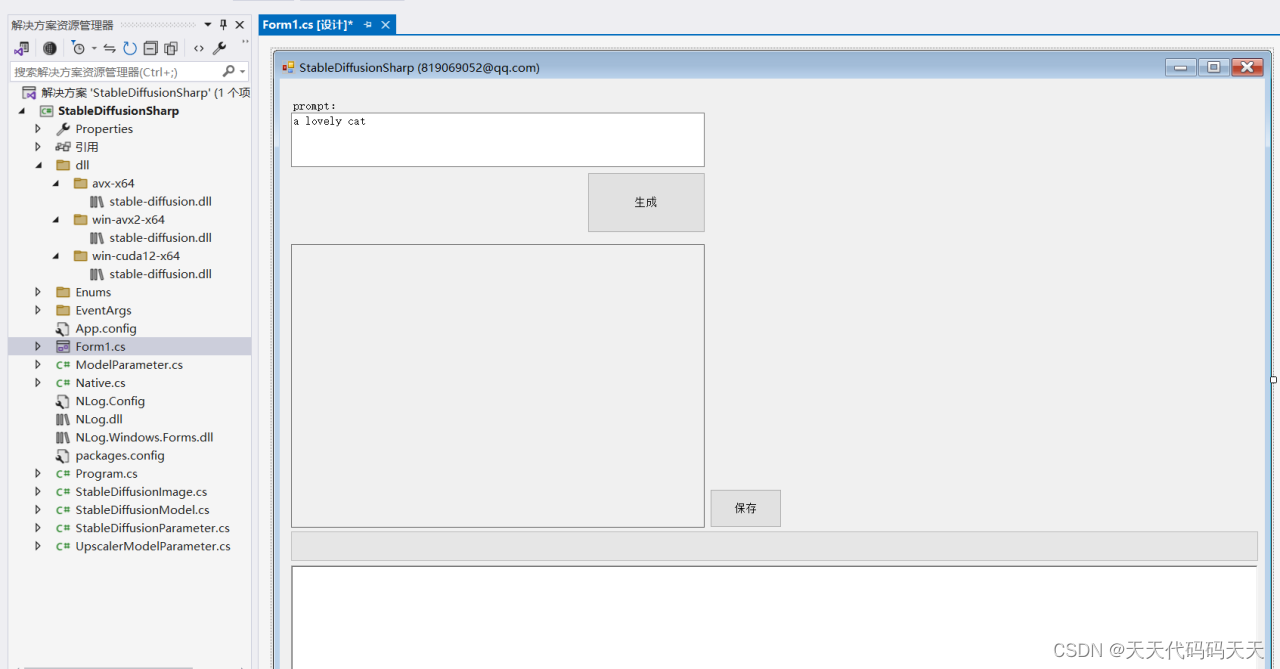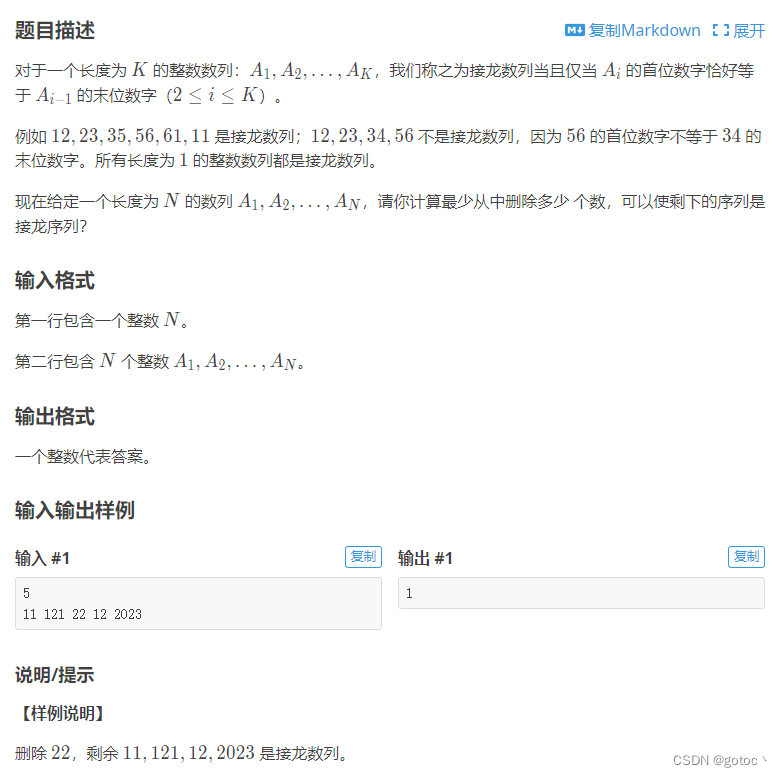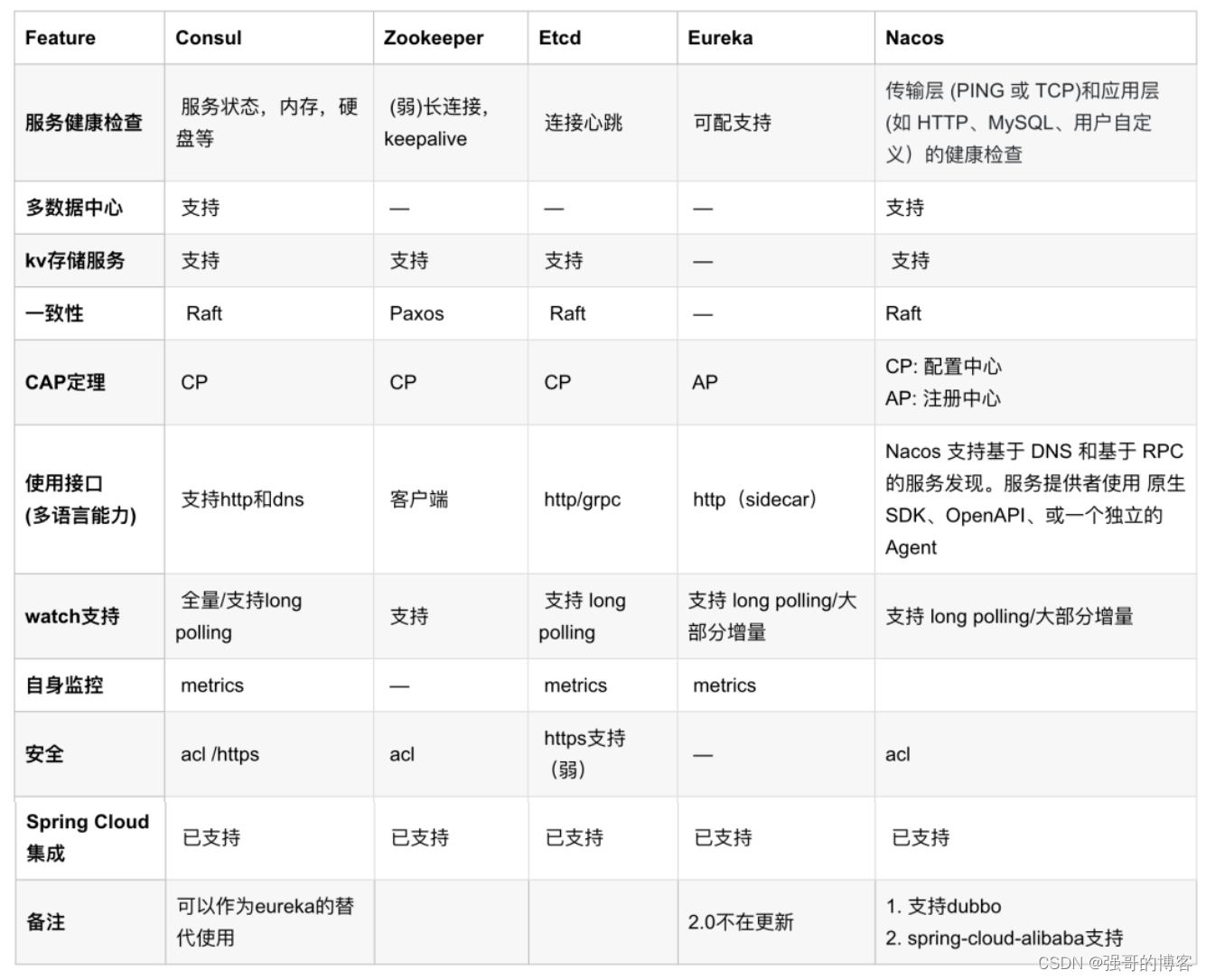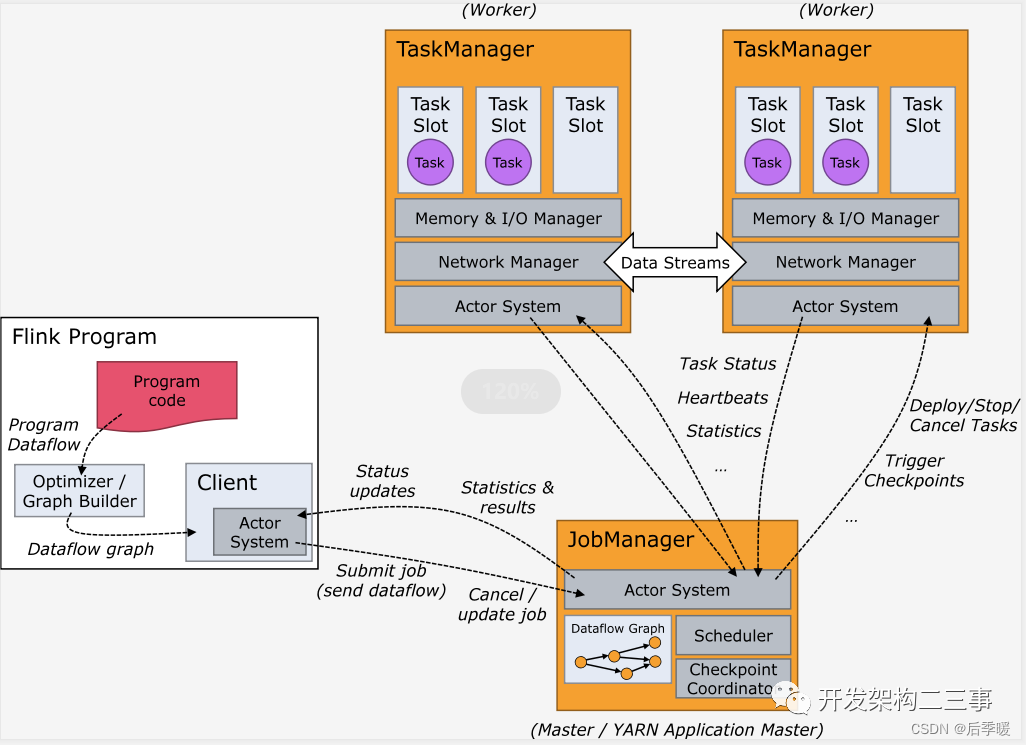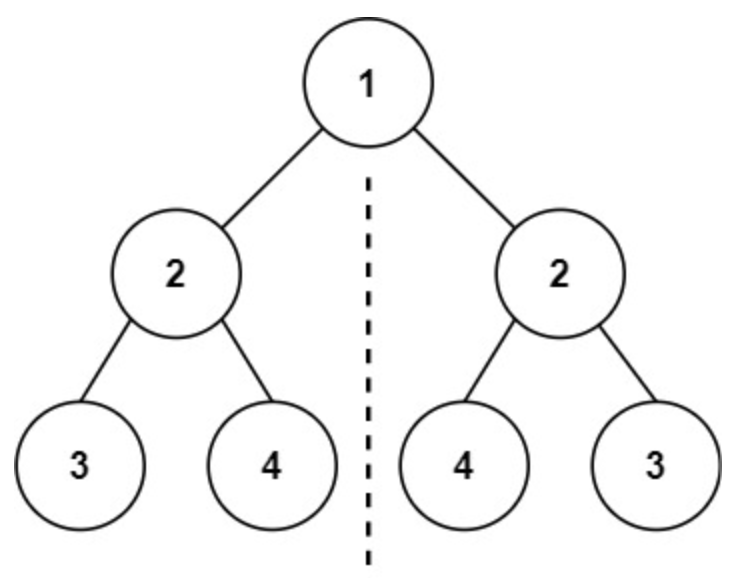0 问题介绍
在交通预测/时间序列预测的论文中(如论文笔记:Dual Dynamic Spatial-Temporal Graph ConvolutionNetwork for Traffic Prediction_dual dynamic spatial-temporal graph convolution ne-CSDN博客)
模型输入的是过去12个时间片的内容,预测未来12个时间片的内容,而metrla数据集的格式是N*T,那怎么将原始数据集变成N*T*12的格式(test/train数据集)呢?
1 读取metr-la
import pandas as pd
df = pd.read_hdf('metr-la.h5')
df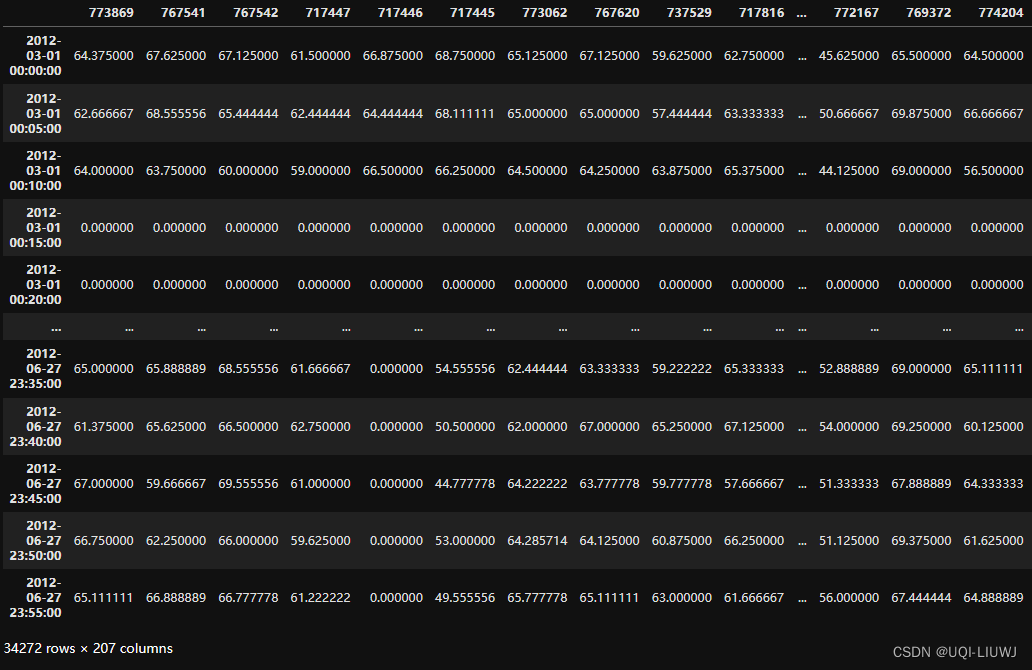
2 输入x和ground-truth y的offset设置
x_offsets=np.arange(-11, 1, 1)
x_offsets
#array([-11, -10, -9, -8, -7, -6, -5, -4, -3, -2, -1, 0])
y_offsets = np.arange(1, 13, 1)
y_offsets
#array([ 1, 2, 3, 4, 5, 6, 7, 8, 9, 10, 11, 12])3当前时刻在某一天中的offset
这个其实很多模型不一定用得上,但和github里面的处理方法对齐,这边也计算这一步
time_ind = (df.index.values - df.index.values.astype("datetime64[D]")) / np.timedelta64(1, "D")
time_ind.shape,time_ind
'''
((34272,),
array([0. , 0.00347222, 0.00694444, ..., 0.98958333, 0.99305556,
0.99652778]))
'''time_in_day = np.tile(time_ind, [1, num_nodes, 1]).transpose((2, 1, 0))
'''
np.tile(time_ind, [1, num_nodes, 1]),
time_ind 是(34272,)的一维向量,遇到tile的时候首先扩展维度
扩展维度一般是shape向左扩展,也即变成(1,1,34272)
然后用tile扩展维度,变成(1,num_nodes,34272)
在经过transpose,第2个维度和第0个维度互换
'''
time_in_day.shape
#(34272, 207, 1)4 将offset和交通数据合并
data = np.expand_dims(df.values, axis=-1)
data.shape
#(34272, 207, 1)
data_list = [data]
data_list.append(time_in_day)
data = np.concatenate(data_list, axis=-1)
data.shape
#(34272, 207, 2)5 生成输入和ground-truth列表
x, y = [], []
min_t = abs(min(x_offsets))
max_t = abs(num_samples - abs(max(y_offsets))) # Exclusive
min_t,max_t
#(11, 34260)
for t in range(min_t, max_t):
x_t = data[t + x_offsets, :]
y_t = data[t + y_offsets, :]
x.append(x_t)
y.append(y_t)
x = np.stack(x, axis=0)
y = np.stack(y, axis=0)
x.shape,y.shape
#((34249, 12, 207, 2), (34249, 12, 207, 2))
'''
offset是
[ 0 1 2 3 4 5 6 7 8 9 10 11]
[22 21 20 19 18 17 16 15 14 13 12 11]
**********
[ 1 2 3 4 5 6 7 8 9 10 11 12]
[23 22 21 20 19 18 17 16 15 14 13 12]
**********
[ 2 3 4 5 6 7 8 9 10 11 12 13]
[24 23 22 21 20 19 18 17 16 15 14 13]
**********
[ 3 4 5 6 7 8 9 10 11 12 13 14]
[25 24 23 22 21 20 19 18 17 16 15 14]
**********
[ 4 5 6 7 8 9 10 11 12 13 14 15]
[26 25 24 23 22 21 20 19 18 17 16 15]
**********
[ 5 6 7 8 9 10 11 12 13 14 15 16]
[27 26 25 24 23 22 21 20 19 18 17 16]
**********
一位一位向前滚
'''6 train,val,test文件
num_samples = x.shape[0]
num_test = round(num_samples * 0.2)
num_train = round(num_samples * 0.7)
num_val = num_samples - num_test - num_train
num_test,num_train,num_val
#(6850, 23974, 3425)7 保存至本地
for cat in ["train", "val", "test"]:
_x, _y = locals()["x_" + cat], locals()["y_" + cat]
'''
使用locals()函数动态获取名为x_train, y_train, x_val, y_val, x_test, y_test的变量
这些变量分别代表训练集、验证集和测试集的输入和输出数据
'''
print(cat, "x: ", _x.shape, "y:", _y.shape)
np.savez_compressed(
os.path.join(args.output_dir, "%s.npz" % cat),
x=_x,
y=_y,
x_offsets=x_offsets.reshape(list(x_offsets.shape) + [1]),
y_offsets=y_offsets.reshape(list(y_offsets.shape) + [1]),
)
'''
使用numpy.savez_compressed函数将数据保存到压缩文件中,文件名格式为{分类}.npz
输入数据保存为关键字x。
输出数据保存为关键字y。
输入和输出的时间偏移量(x_offsets和y_offsets)也被保存
'''
